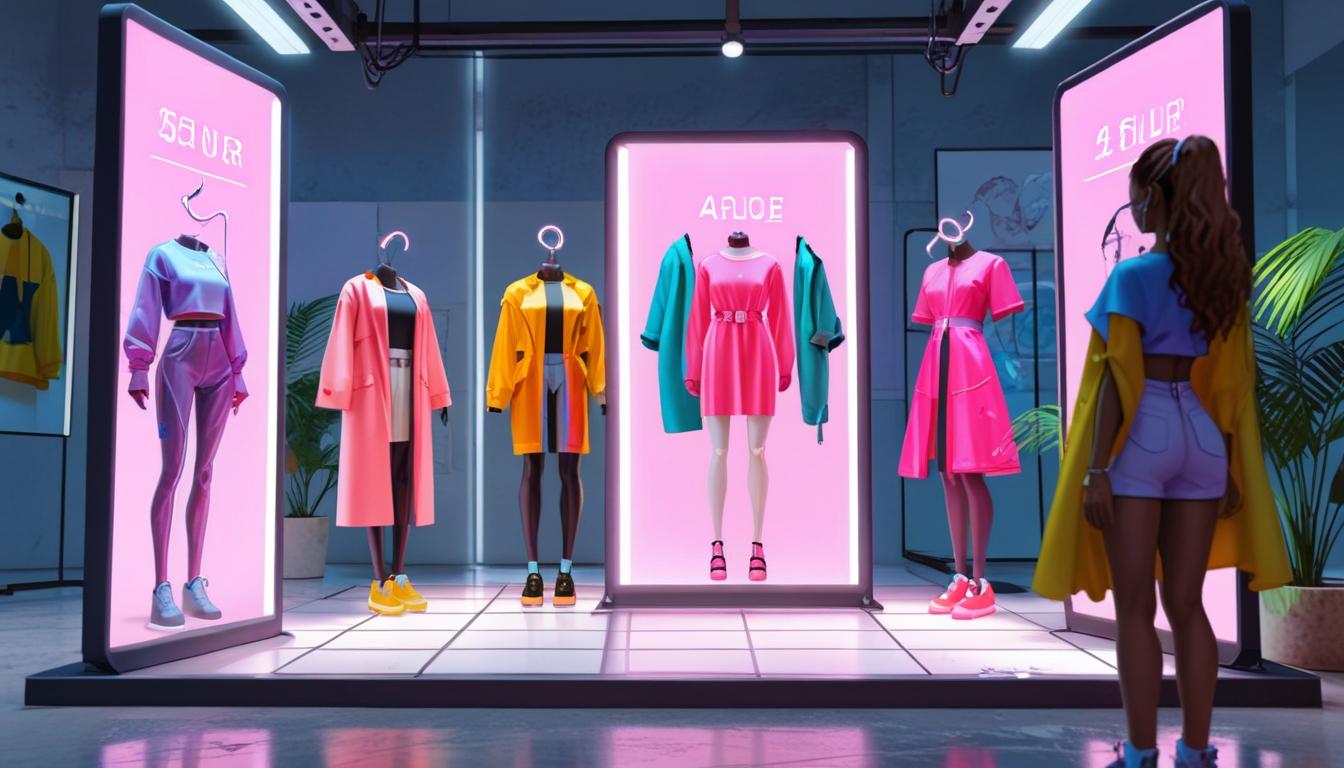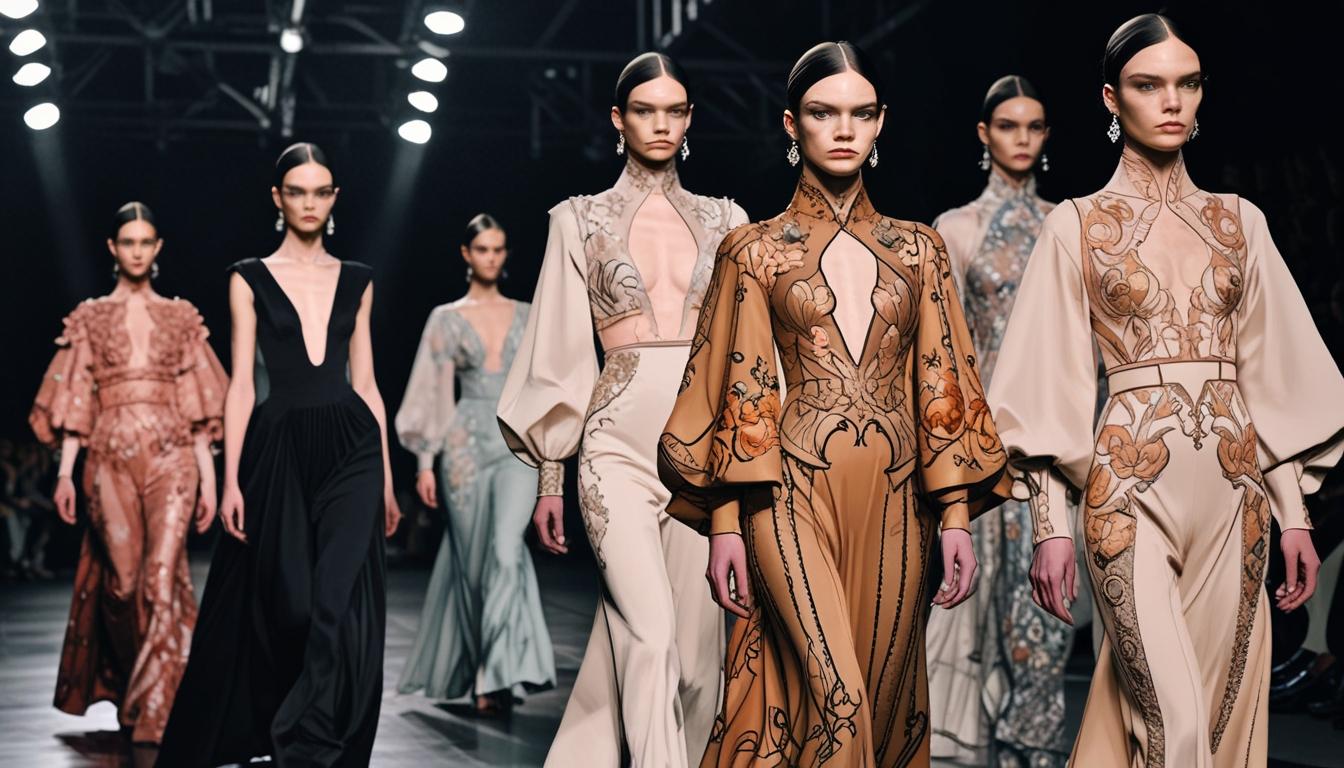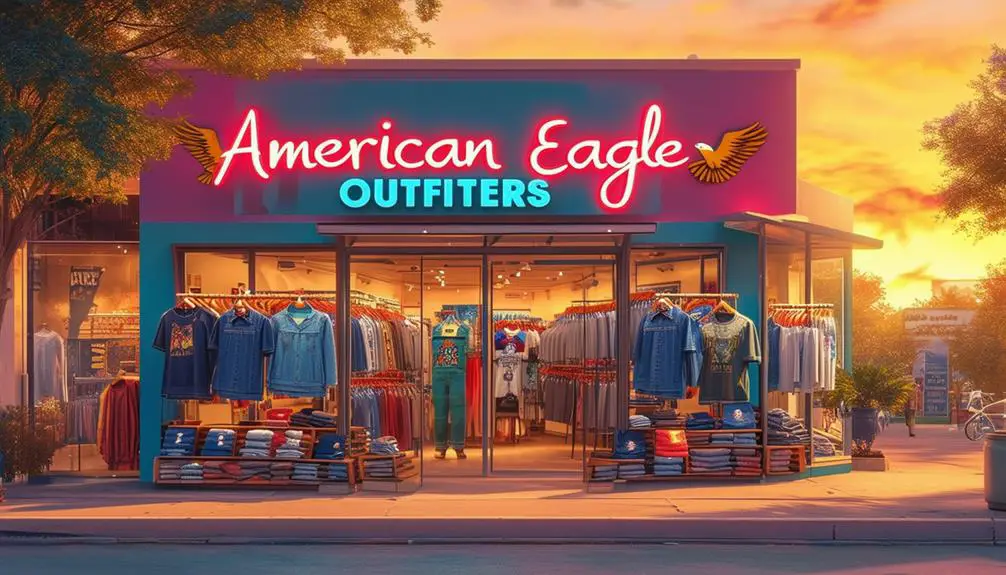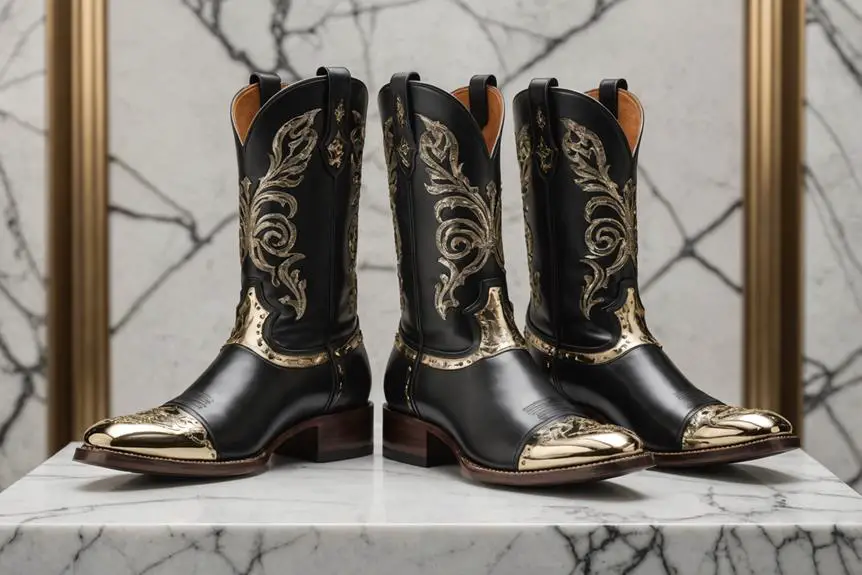Virtual try-on technology is transforming the fashion industry by merging augmented reality, AI, and personalization. This innovation promotes sustainability, inclusivity, and immersive shopping experiences, revolutionizing how consumers engage with style both online and in the metaverse.
In an era where technology is reshaping numerous aspects of daily life, the fashion industry is undergoing a significant transformation through virtual try-on technology. What was once primarily a gaming or fantasy concept is now influencing everyday shopping choices, particularly what to wear. This trend, which integrates augmented reality (AR), artificial intelligence (AI), and personalization technology, is revolutionizing how consumers engage with fashion by merging digital experiences with physical retail.
The retail landscape is shifting profoundly as consumers embrace a more sustainable and mindful approach to shopping. Virtual try-ons contribute to this change by reducing unnecessary product returns and lowering the environmental footprint associated with overproduction and shipping. These technologies facilitate intentional buying rather than impulsive purchasing, which not only benefits the environment but also encourages a more curated lifestyle. While the tactile pleasure and spontaneity of in-store shopping remain valued, virtual fitting rooms offer a streamlined, responsible alternative that enhances the overall shopping experience for consumers and retailers alike.
Personalization is at the core of this technological evolution. Virtual try-ons go beyond simple visualization of clothing or makeup; they use AI, VR, and AR to customize recommendations based on an individual’s body type, preferences, and style identity. As reported by Elle India, these tools help shoppers identify silhouettes that flatter their frames, colors that complement their skin tones, and even experiment with hair colors or accessories—all without the pressure and anxiety sometimes associated with fitting rooms. This process not only makes online shopping more enjoyable and confident but turns it into a playful and empowering journey of self-expression.
Brands also stand to gain considerable advantages from this innovation. Virtual try-ons reduce return rates and enhance customer satisfaction, while providing retailers with richer insights into consumer preferences. This feedback loop aids in optimizing inventory and tailoring products more effectively to meet customer desires, ultimately contributing to sustainable profits.
In the emerging metaverse, fashion finds a new and dynamic playground. Avatars act as style canvases that defy the constraints of physical reality, enabling users to don imaginative and gravity-defying outfits or swap styles instantly. VR technology allows for immersive experiences in trying on clothes, accessories, or makeup, thereby deepening emotional connections to brands and boosting consumer confidence. Beyond entertainment, these virtual environments promote conscious consumption by making fashion experimentation accessible and reducing the waste linked to physical trials and returns.
Inclusivity is another important aspect of virtual fashion innovation. In the metaverse, the limitations imposed by body type, size, gender, or geographical location are diminished. This digital inclusivity means that fashion is accessible to users regardless of their real-world circumstances. Features such as adaptive clothing previews, size-inclusive filters, and fully customizable avatars empower users to define their own fashion identities. According to Elle India, this represents a pivotal shift from the traditional fashion industry’s reliance on a standard ‘fit model’ towards a more democratic and individualized approach.
As digital and physical lives continue to converge, the future of fashion is being reimagined as an immersive, inclusive, and expressive experience. Virtual try-on technology fosters better personalization and customer engagement for brands, while offering shoppers the freedom to experiment with styles and self-expression without stepping into a physical fitting room. Whether for one’s real-life or virtual avatar, this technology invites users to “try it on, and own it,” marking a new chapter in fashion consumption and identity that blends the digital with the tangible.
Source: Noah Wire Services





**?mindvault**
mindvault is a premium cognitive support formula created for adults 45+. It’s thoughtfully designed to help maintain clear thinking
kNpGzskRIBzOakA
**?prostadine**
prostadine is a next-generation prostate support formula designed to help maintain, restore, and enhance optimal male prostate performance.
**sugarmute**
sugarmute is a science-guided nutritional supplement created to help maintain balanced blood sugar while supporting steady energy and mental clarity.
**?glpro**
glpro is a natural dietary supplement designed to promote balanced blood sugar levels and curb sugar cravings.
**prodentim**
prodentim an advanced probiotic formulation designed to support exceptional oral hygiene while fortifying teeth and gums.
**?vittaburn**
vittaburn is a liquid dietary supplement formulated to support healthy weight reduction by increasing metabolic rate, reducing hunger, and promoting fat loss.
**?yusleep**
yusleep is a gentle, nano-enhanced nightly blend designed to help you drift off quickly, stay asleep longer, and wake feeling clear.
**synaptigen**
synaptigen is a next-generation brain support supplement that blends natural nootropics, adaptogens
**?nitric boost**
nitric boost is a dietary formula crafted to enhance vitality and promote overall well-being.
**glucore**
glucore is a nutritional supplement that is given to patients daily to assist in maintaining healthy blood sugar and metabolic rates.
**?wildgut**
wildgutis a precision-crafted nutritional blend designed to nurture your dog’s digestive tract.
**?pinealxt**
pinealxt is a revolutionary supplement that promotes proper pineal gland function and energy levels to support healthy body function.
**energeia**
energeia is the first and only recipe that targets the root cause of stubborn belly fat and Deadly visceral fat.
**?boostaro**
boostaro is a specially crafted dietary supplement for men who want to elevate their overall health and vitality.
**?prostabliss**
prostabliss is a carefully developed dietary formula aimed at nurturing prostate vitality and improving urinary comfort.
**breathe**
breathe is a plant-powered tincture crafted to promote lung performance and enhance your breathing quality.
**?potentstream**
potentstream is engineered to promote prostate well-being by counteracting the residue that can build up from hard-water minerals within the urinary tract.
**?hepatoburn**
hepatoburn is a premium nutritional formula designed to enhance liver function, boost metabolism, and support natural fat breakdown.
**?hepato burn**
hepato burn is a potent, plant-based formula created to promote optimal liver performance and naturally stimulate fat-burning mechanisms.
**?cellufend**
cellufend is a natural supplement developed to support balanced blood sugar levels through a blend of botanical extracts and essential nutrients.
**prodentim**
prodentim is a forward-thinking oral wellness blend crafted to nurture and maintain a balanced mouth microbiome.
**?flowforce max**
flowforce max delivers a forward-thinking, plant-focused way to support prostate health—while also helping maintain everyday energy, libido, and overall vitality.
**?revitag**
revitag is a daily skin-support formula created to promote a healthy complexion and visibly diminish the appearance of skin tags.
**?neurogenica**
neurogenica is a dietary supplement formulated to support nerve health and ease discomfort associated with neuropathy.
**?sleeplean**
sleeplean is a US-trusted, naturally focused nighttime support formula that helps your body burn fat while you rest.
**?memory lift**
memory lift is an innovative dietary formula designed to naturally nurture brain wellness and sharpen cognitive performance.
If you’re looking for some good slot action, 177slot is where it’s at for me. Pretty awesome selection of the new machines! Take a swing: 177slot
Hey guys, just wanted to say logging into 747LiveLogin has been a breeze! No more forgotten passwords, thank goodness! Definitely recommend! 747livelogin